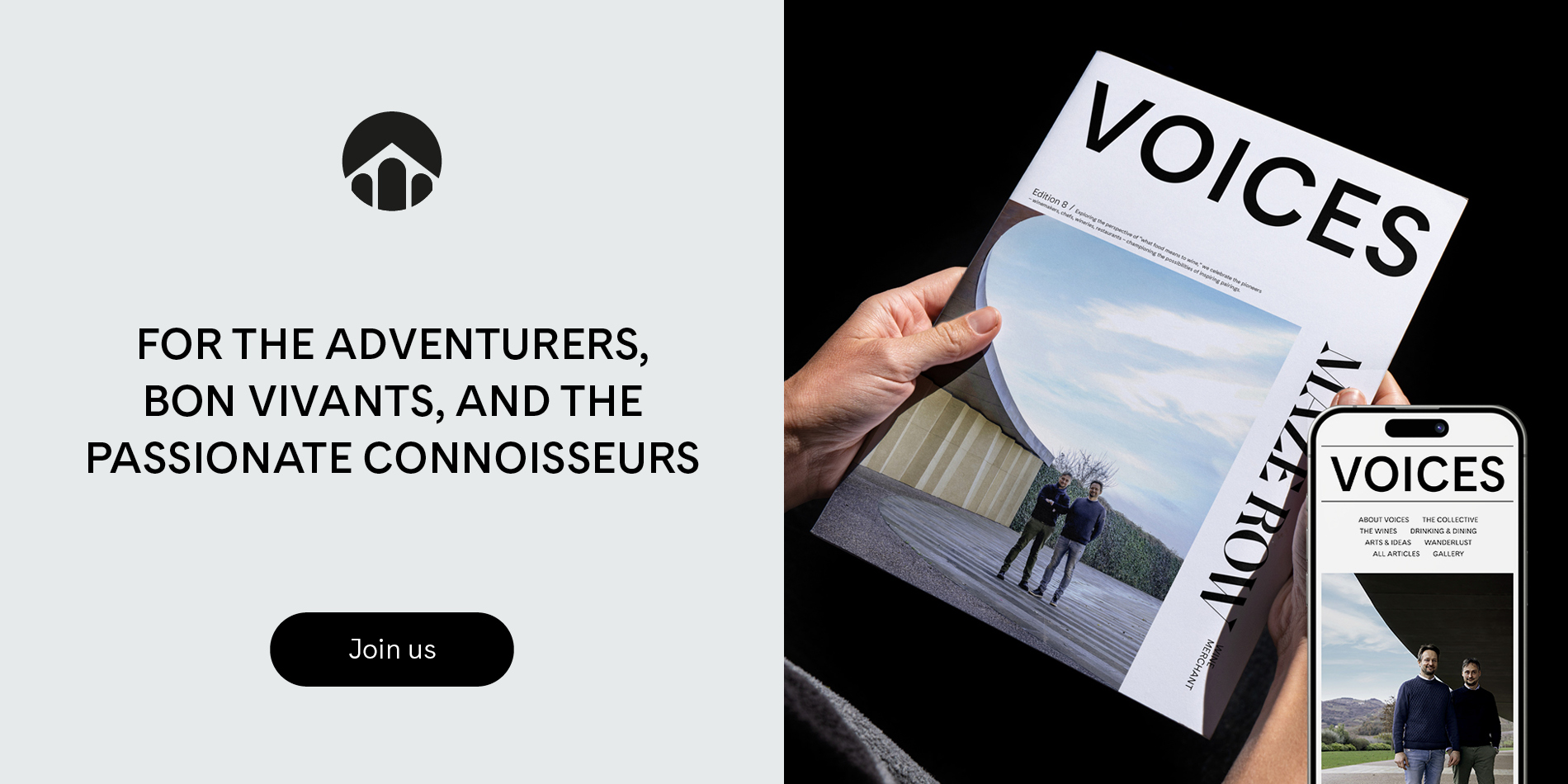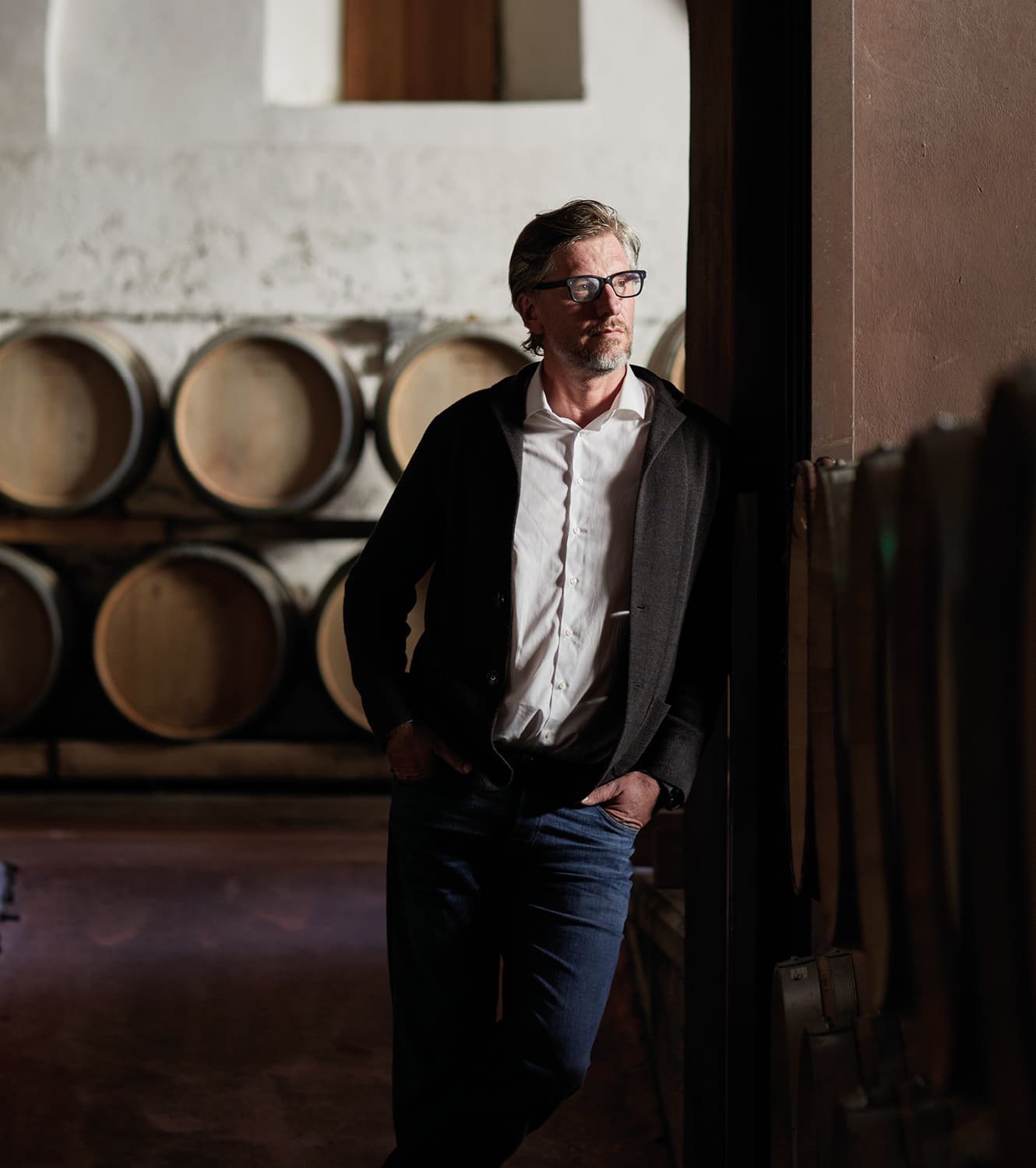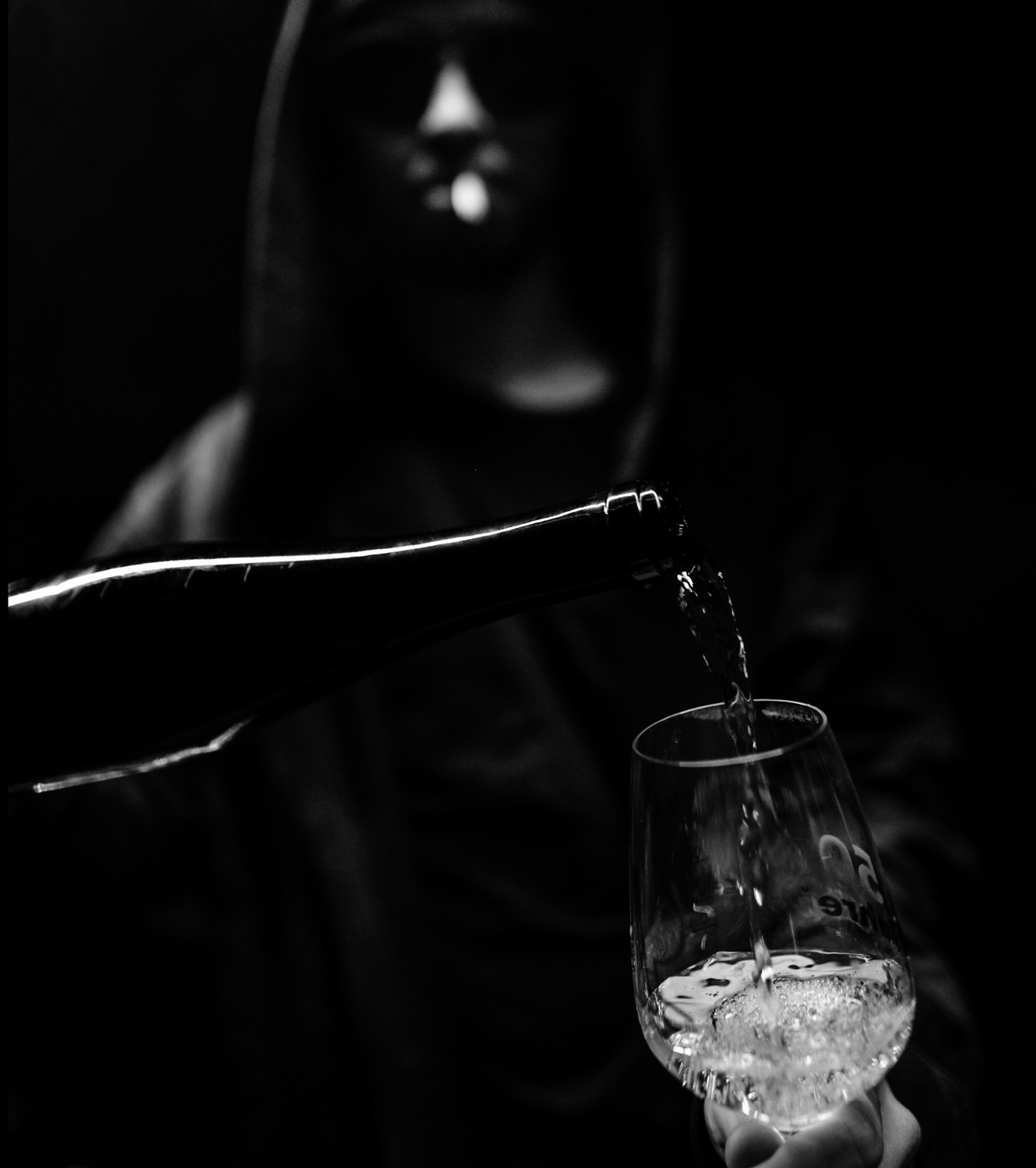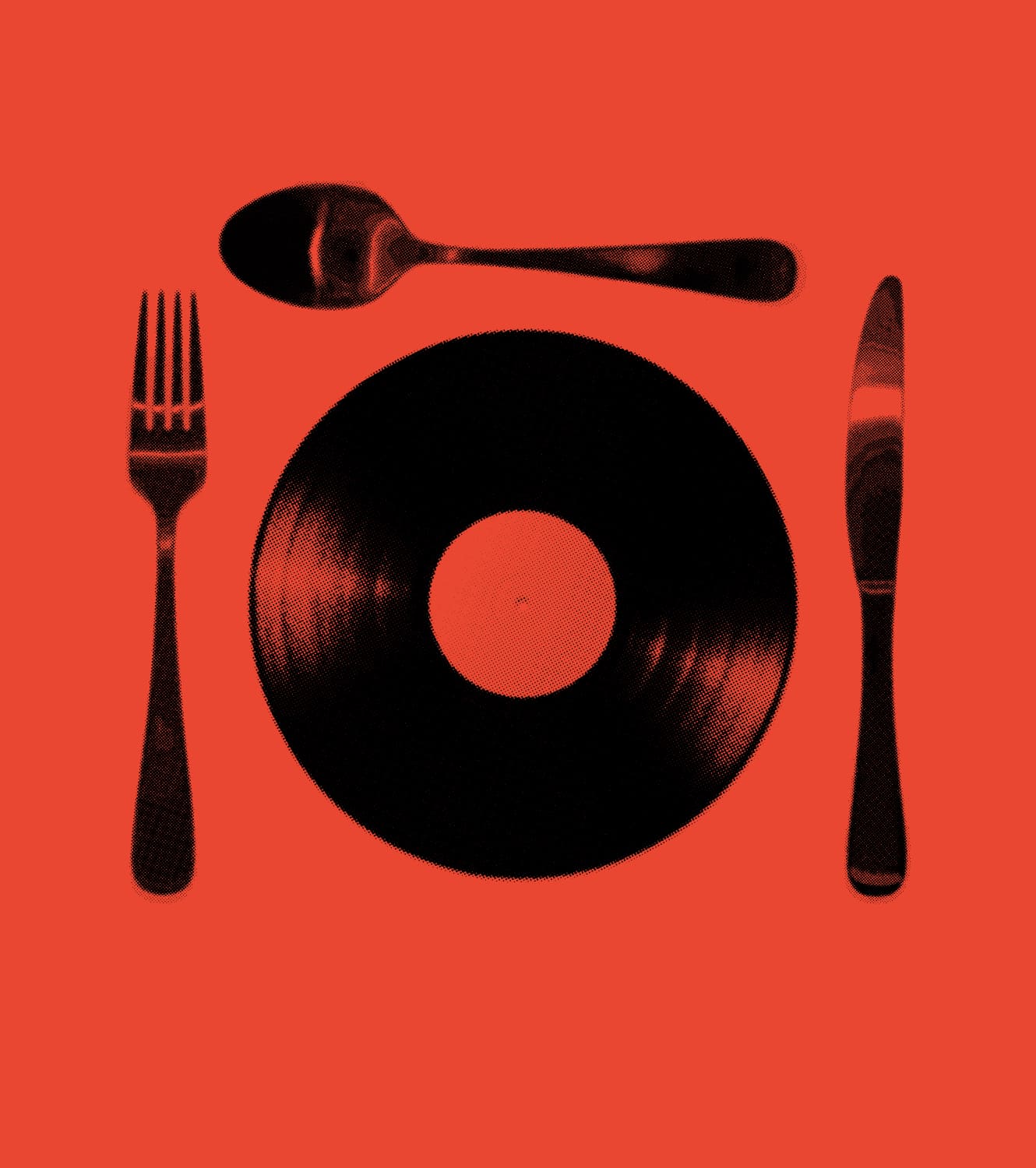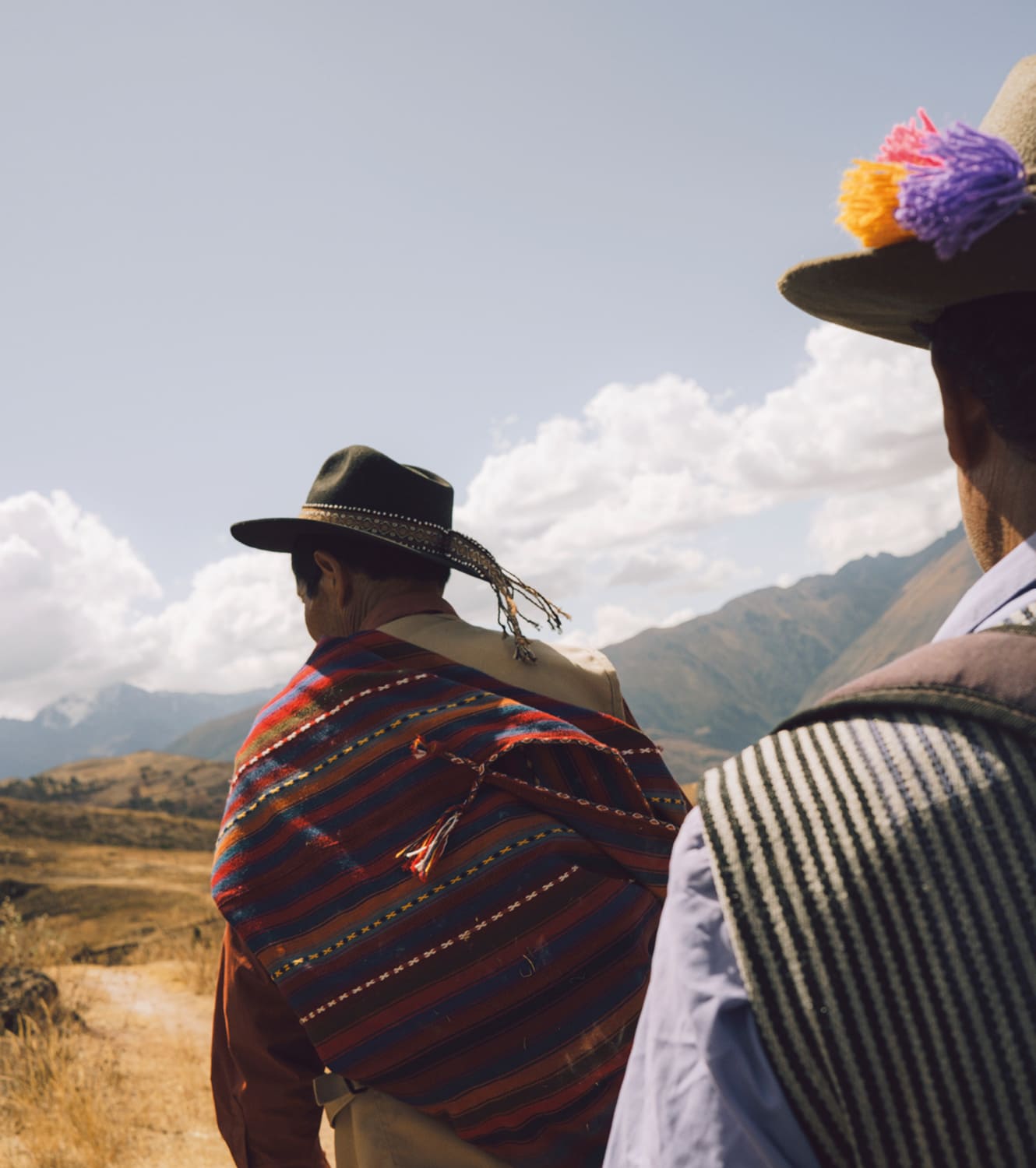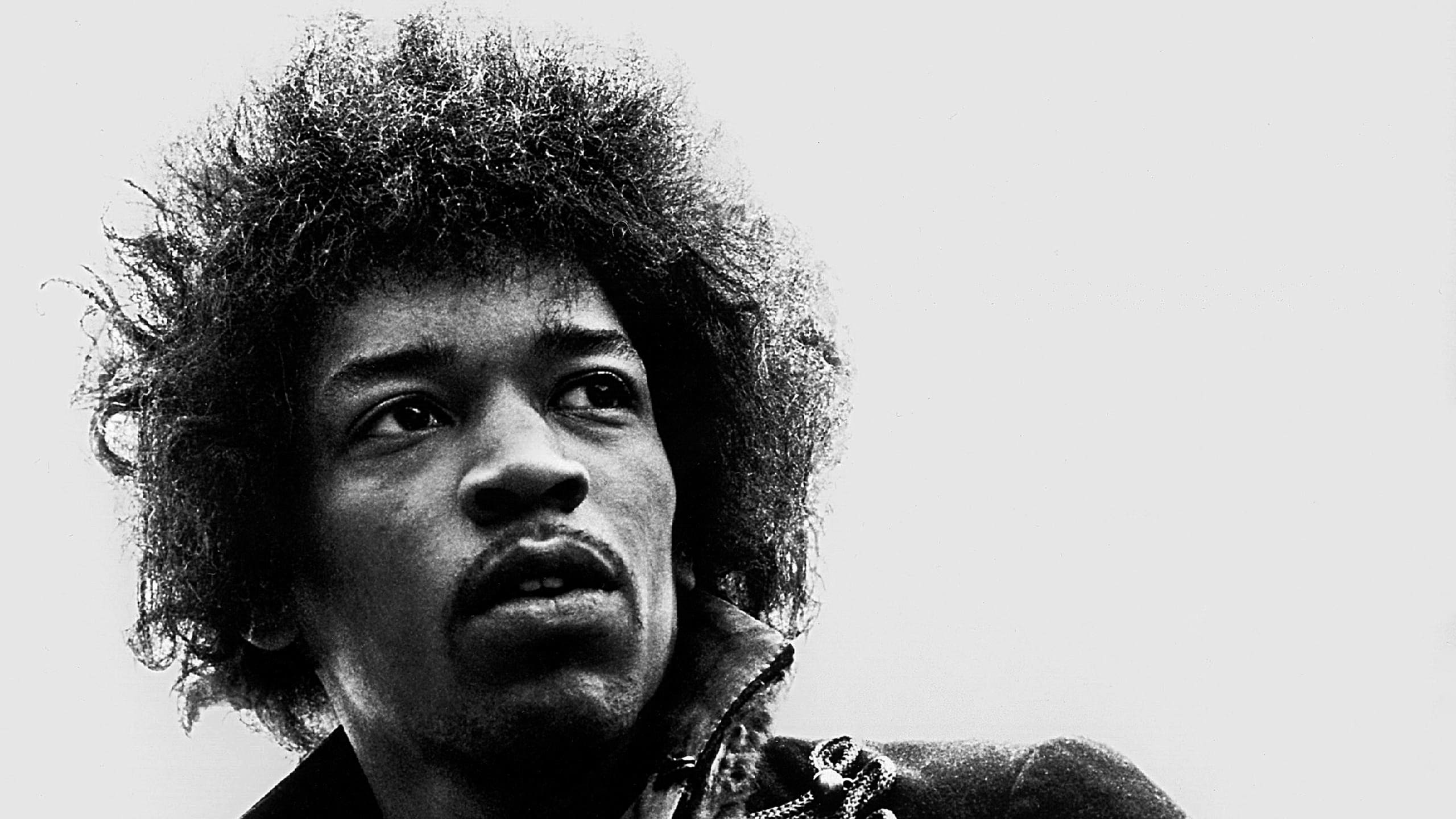
Finding inspiration
From the sheer freedom and rebellion conveyed in Jimi Hendrix’s “Stone Free,” to the wondrous magical realism of Gabriel García Márquez, two wine experts share the cultural moments that helped shape their relation with wine

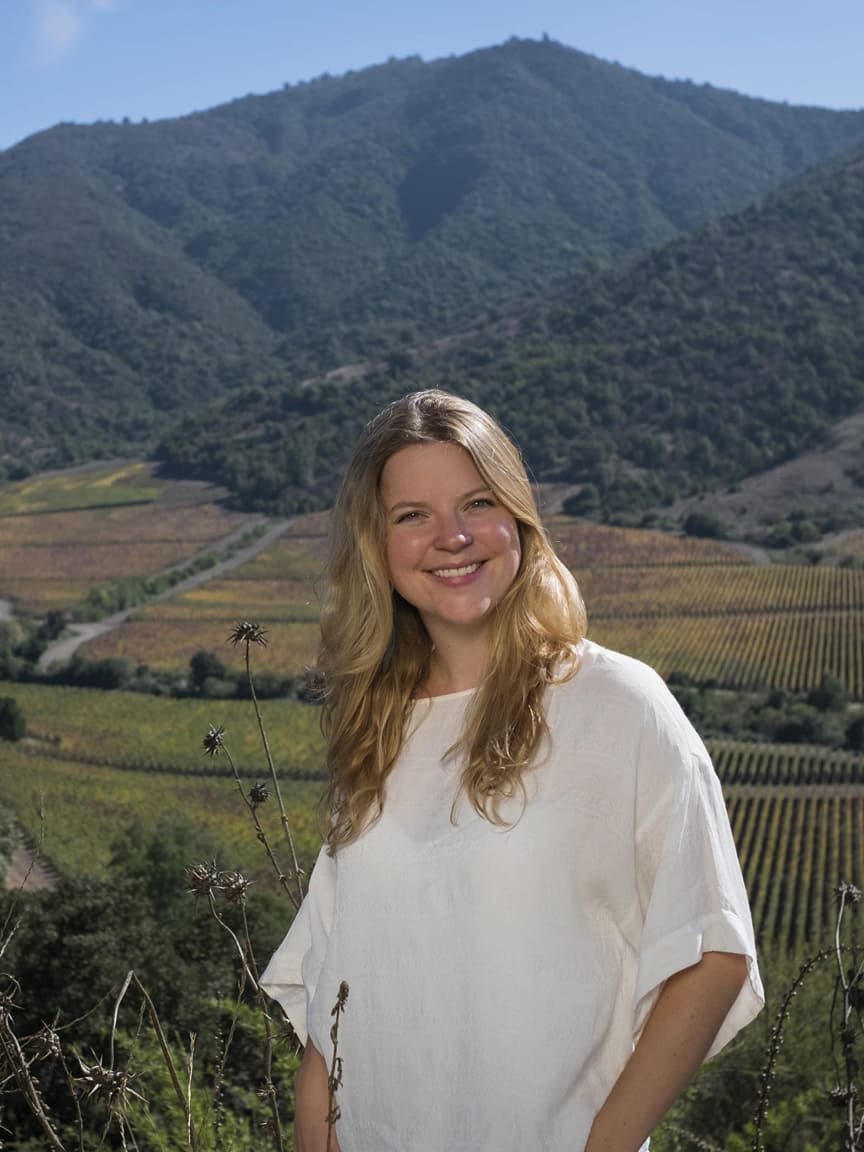
Oscar Lorandi serves as the chair of Cantina Girlan, the historic winery located in Alto Adige, Italy. Under his leadership, the winery has garnered international recognition for its award-winning Pinot Noir and other varietals, while embracing innovation and sustainable practices.
Was there a book, song, poem or a painting which deeply influenced your wine journey?
Definitely music, not only in relation to my journey in the world of wine, but also in my everyday life. I have a deep passion for music. In addition to being an avid listener, I’m also an amateur guitarist and, for some time now, I’ve been learning to play the piano. I listen to all kinds of music, depending on the mood, and sometimes a particular song or melody can directly inspire my work. Music, with its ability to evoke emotions and communicate without words, has been a constant companion throughout both my professional and personal journey.
Can you share a moment or experience where this artistic work connected with your exploration of wine?
There is an anecdote that I remember with particular pleasure, in which a song inspired me to choose a name for a wine. We needed a name for a white wine, a cuvée made from three varieties. It was late at night, and I was driving on the highway in Germany, heading back to Italy. I was listening to Jimi Hendrix, and when the song "Stone Free" started playing, I had an epiphany. In that exact moment, in my dialect, the word stone sounds like stoan (which also means stone) and the perfect name for that cuvée came to me spontaneously.
How did the episode, and your love of music, shape the way you view, craft and approach wine today?
The song "Stone Free" with its message of freedom and breaking away from conventions, has greatly influenced my approach to wine. It has encouraged me not to be limited by predefined patterns and to think in a freer, more creative way. Just like in the song – which talks about freeing oneself from all constraints – in the world of wine, I try to explore new possibilities and create products that reflect my personal, uncompromising vision. Just as in music, authenticity is key in wine, with no fear of daring or experimenting.
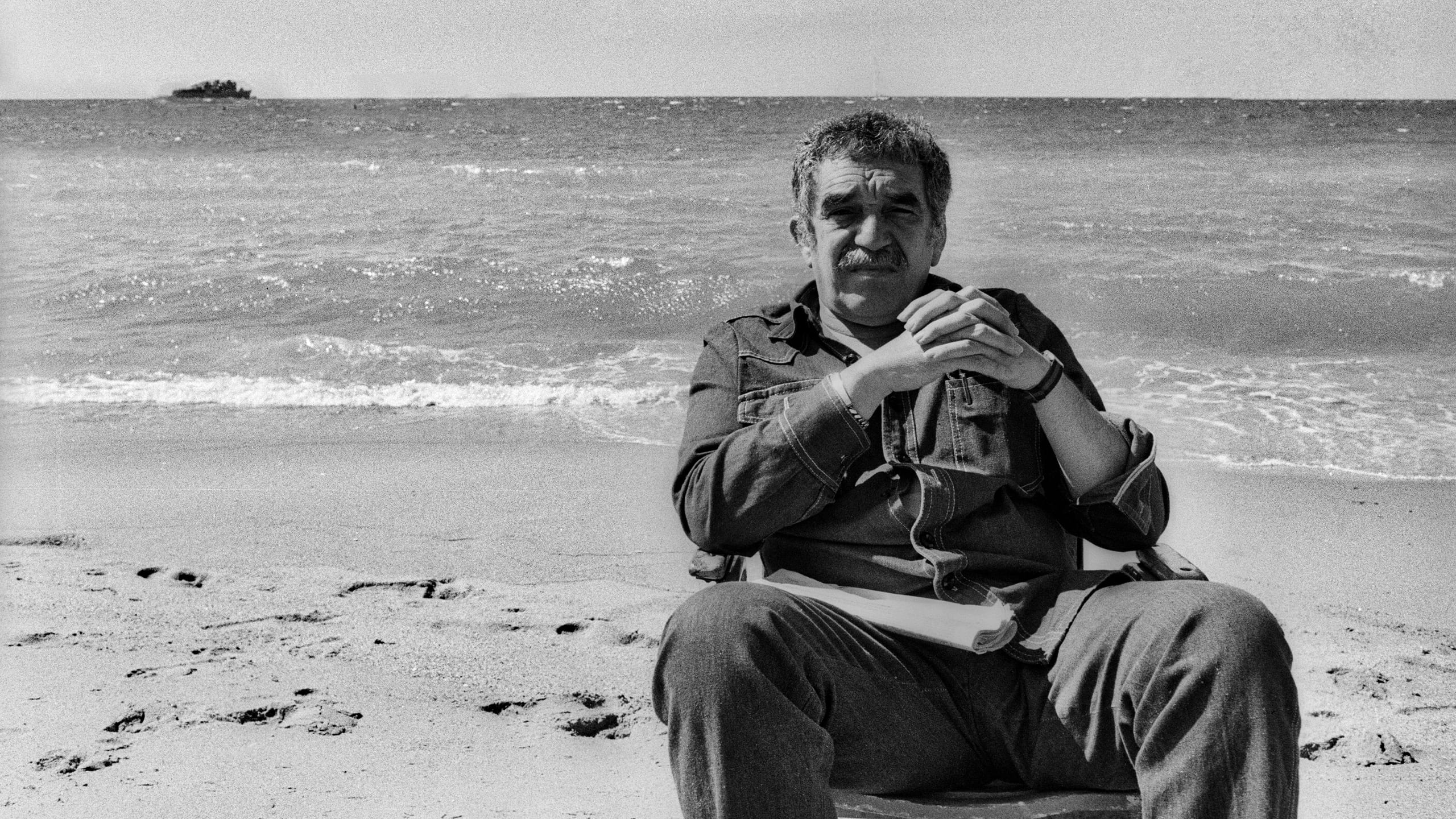
Above, Jimi Hendrix in 1967. Oscar Lorandi at Cantina Girlan in Alto Adige, Amanda Barnes, and Gabriel García Márquez at the Cannes Film Festival in 1982
In what ways do you think this connection between the arts and wine enriches the experience of one or both?
The connection between art and wine enriches the experience of both, as both have the ability to evoke deep emotions and tell a story. Both have the power to transport you to another world, stimulate the senses, and create an intimate connection with the present moment. Wine becomes more than just a product to taste; it becomes part of a sensory experience that engages both the mind and the heart. Music, like wine, is an art that speaks without words, capable of evoking emotions that enrich and deepen our perception, allowing us to experience every glass with a new awareness.
If you could share your love of music and this particular soundtrack with others in the wine world, what message or inspiration would you hope they take from it?
I would want them to understand the power of freedom and creativity. Just as Jimi Hendrix’s music invites us to break free from constraints and experiment without fear, it is also essential in the world of wine to embrace innovation and authenticity. The message I would like to convey is that wine, like music, should be a free expression of one’s vision, without fear of stepping off the beaten path. Only by doing so can we discover new dimensions and create experiences that are not only sensory but also emotional and personal. The combination of art and wine allows us to live the present deeply, appreciating every single moment.
Amanda Barnes MW is a wine writer and author of the award-winning book The South America Wine Guide. She is a leading authority on the wine regions of South America, where she’s been based since 2009.
Was there a book, a song, a poem or a painting which deeply influenced your wine journey?
My wine journey began very much through literature, not necessarily with one work in particular, but with a combination of many. I fell in love with the idea of traveling through reading, especially the works of Latin America’s magical realism authors.
The words of Gabriel García Márquez and Jorge Luis Borges, in particular, and the images they conjured, haunted my late teens and early twenties. They inspired me to go to South America, where I started my wine career, in search of a land where the real and magical co-exist. I have always been a dreamer, someone who trusts their gut feeling without overthinking. And those books lived in my gut for years. Through them, I believe I discovered the most magical, real thing there is: wine.
How do you feel the literature connected with your exploration of wine, and how you have come to communicate wine?
One of García Márquez’s stories that I was really obsessed with was La increíble y triste historia de la cándida Eréndira y de su abuela desalmada (The Incredible and Sad Tale of Innocent Eréndira and her Heartless Grandmother). It is a really dark tale, but it showcases many of his great talents as a writer, evoking images, smells, sensations and emotions in the reader. There’s this constant juxtaposition of gritty reality with beautiful, exotic aromas and textures surrounding what is, in essence, a rather sordid experience. One particular image I adore is that of diamonds growing in oranges. Offering a plan for unexpected freedom.
None of this is directly related to wine. But through reading this, and many other magical realism stories, I have always sought the more magical, perhaps intangible, connection with wine. I have always been drawn to the interplay between gritty reality and the aspirational or dreams. Winemakers and vine growers live with both – what it is and where it comes from, as well as what they want it to become or evoke in others.
We know that we are not actually tasting plums or violets when we sip a Malbec, but if you close your eyes, they are there in the glass. Or how the tanginess of a Chilean Sauvignon Blanc feels like saltiness, transporting you directly to the Pacific Ocean. We can’t explain wine’s connection to places, memories, and flavors, but it exists — it is real.
“Through reading Gabriel García Márquez, and many other magical realism stories, I have always sought the more magical, perhaps intangible, connection with wine”
Amanda Barnes (MW), South American wine expert and writer
Photography, Jimi Hendrix ©AA Film Archive, Alamy Stock Photo. Gabriel García Márquez ©Marcello Mencarini, Lebrecht, Alamy Stock Photo. All others ©Maze Row, Amanda Barnes
We recommend
WINES WITHOUT BORDERS
Perched on the slopes of the Tyrolean Alps, Italian winery Cantina Girlan combines the best of Germanic efficiency and Latin creativity to produce fresh, crisp wines with a big personality. Nargess Banks pays a visit
My Los Angeles
John Phillips, aka Skinny Pablo, is an underground music producer and designer. He is also a Riesling aficionado and self-described disruptive child of the avant-garde. Here, he shares his ideal 24-hours in his adopted city
PITCH PERFECT
What makes for the best restaurant soundtrack and what does this say about the place, the wine, the menu? Can it be too loud, too quiet, too generic, too exclusive, too experimental? Jason Barlow investigates the politics of the ideal score
Savor the Andes
Amanda Barnes explores Peru’s extraordinary culinary renaissance, where foraging for indigenous ingredients, and innovative gastronomy and winemaking, are safeguarding its natural and cultural heritage for the future.
